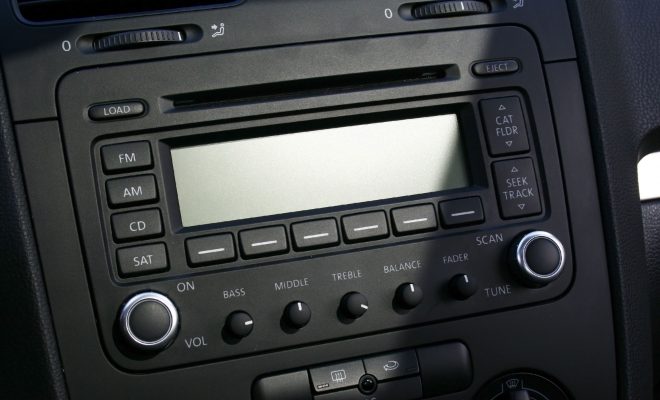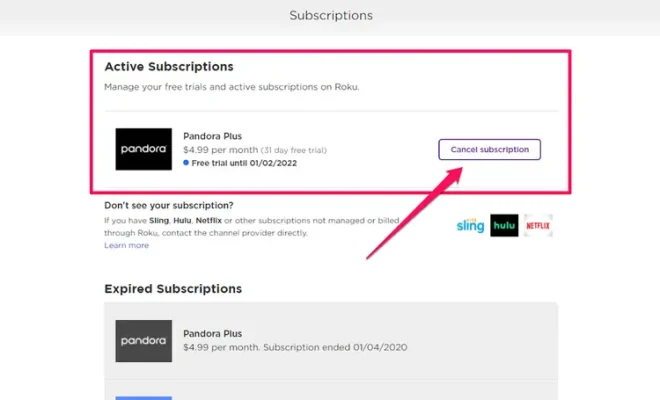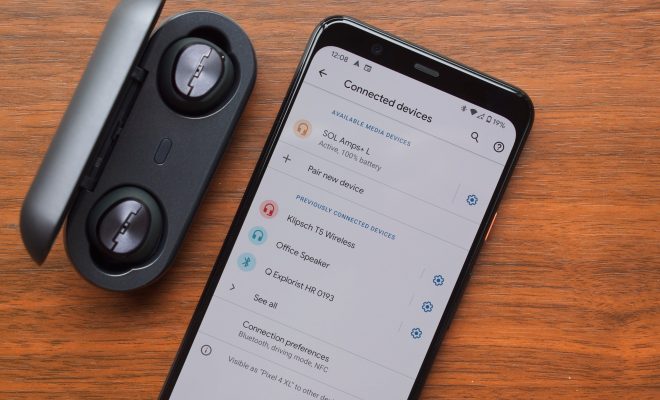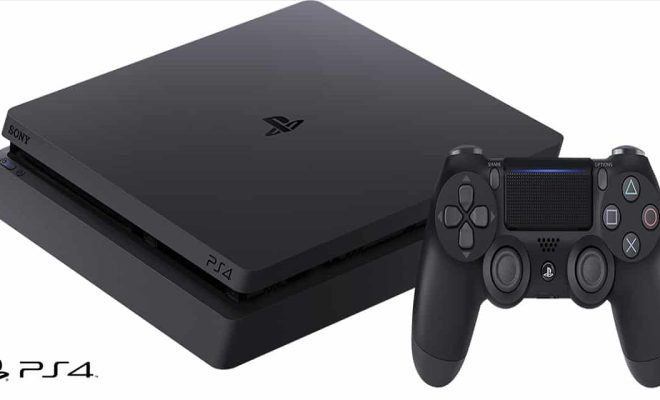A Brief History of the Car Radio

The car radio has become such an integral part of our driving experience that it’s hard to imagine a time when cars were without them. However, the history of the car radio is a fascinating one, with many twists and turns along the way. In this article, we’ll take a brief look at the history of the car radio.
The Early Days
The first car radios were introduced in the early 1920s. They were bulky and expensive, and were not very popular. However, as technology improved, car radios became smaller and more affordable, and by the 1930s, they had become a common feature in cars.
The Rise of the Tube Radio
In the 1940s and 1950s, tube radios became popular in cars. These radios were much smaller than earlier models, and they were more reliable and produced better sound quality. Tube radios continued to be popular until the 1960s, when they were replaced by transistor radios.
The Transistor Radio
Transistor radios were introduced in the 1950s, and they quickly became popular in cars. These radios were small, lightweight, and required very little power, making them ideal for use in cars. They were also more reliable than tube radios, and they produced better sound quality.
FM Radio
In the 1960s, FM radio became popular in cars. FM radio offered better sound quality than AM radio, and it was less susceptible to interference. However, it took some time for FM radio to become widely available in cars.
The Cassette Tape
In the 1970s, cassette tape players became popular in cars. Cassette tapes were smaller and more durable than vinyl records, and they were much easier to use in a car. This made it possible for drivers to listen to their own music while driving.
CD Players
In the 1980s, CD players began to replace cassette tape players in cars. CDs offered even better sound quality than cassette tapes, and they were more durable. CD players also made it possible for drivers to skip tracks and choose specific songs to listen to.
Digital Radio
In recent years, digital radio has become popular in cars. Digital radio offers even better sound quality than FM radio, and it provides access to a wider range of stations. Digital radio is also less susceptible to interference, making it ideal for use in a car.
Conclusion
The car radio has come a long way since its early days. From bulky and expensive models to small, lightweight and affordable ones, the car radio has evolved over time to become an indispensable part of our driving experience. As technology continues to evolve, it will be interesting to see what the future holds for the car radio.





